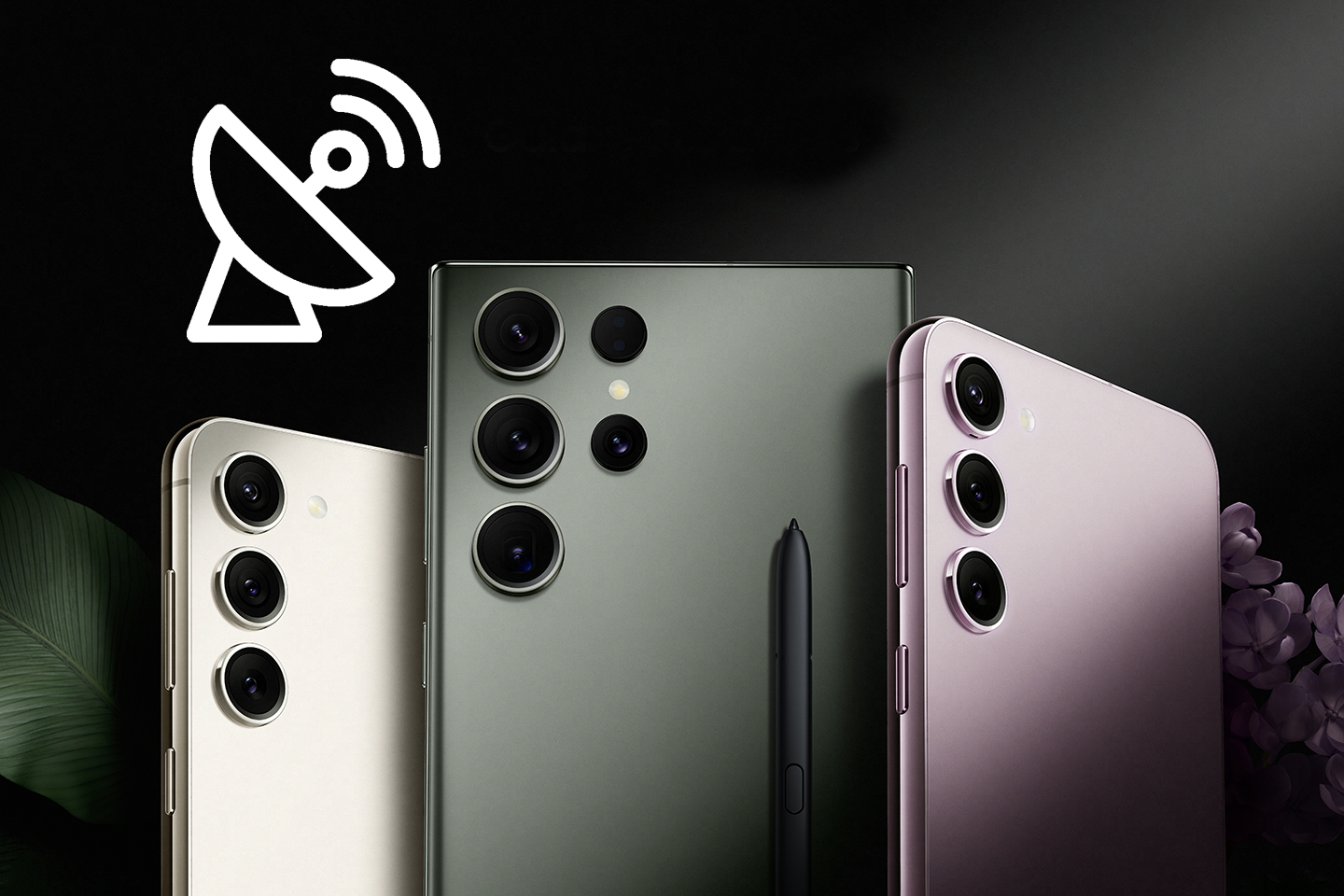I’ve spent years as a photographer using high-end digital cameras to capture stunning images. While these cameras excel in many areas, GPS functionality is one surprising aspect your smartphone often outshines.
The Power of GPS in Your Smartphone
Your smartphone has a GPS that tags each photo with precise location data. This metadata includes coordinates, altitude, and even the direction you’re facing. High-end digital cameras often lack this feature unless equipped with an additional GPS module.
Why GPS Metadata Matters
- Easier Image Organization: GPS data can be beneficial for organizing your photo library. You can quickly find images based on location, making it a breeze to recall precisely where you took a particular shot.
- Enhancing Storytelling: For photographers who emphasize storytelling, like me at Storyteller & Brand Builder Stanley Leary, location data can add context to your photos, enriching the narrative.
- Professional Workflow Integration: Photo Mechanic and Lightroom can convert GPS coordinates into more readable street, city, state, and country information, streamlining your workflow.
Integrating Smartphone GPS with Your Digital Camera
Even if your high-end digital camera lacks GPS, you can still use your smartphone’s capabilities. Here’s how:
- Take a Reference Photo: When shooting with your digital camera, take a single reference photo with your smartphone. This photo will have the GPS data you need.
- Syncing Metadata: Import your photos into Photo Mechanic or Lightroom. You can then use the reference photo to copy the GPS data to your digital camera photos. This way, all your images will have the exact location information.
The Nikon Z9 Advantage
One of the reasons I love my Nikon Z9 is its built-in GPS functionality. It tags my photos with location data whenever a satellite is visible. Additionally, the GPS keeps the camera’s time accurate by allowing me to select the appropriate time zone. This feature ensures my metadata is consistent and reliable, even when shooting in different locations.
Tips for Maximizing GPS Data Use
- Keep Your Smartphone Handy: Always have your smartphone ready to capture a reference photo, especially when your camera lacks GPS.
- Regularly Sync Time: Make sure your camera’s clock is synchronized with your smartphone. This helps in accurately matching the GPS data later.
- Use Dedicated Apps: Several apps can track your location and later sync it with your camera’s photos, making the process even more seamless.
Bonus Tip for Professional Photographers
As professional photographers, creating and maintaining comprehensive metadata for all your photos is crucial. Embedding copyright information, captions, keywords, and location data protects your work and makes it easier for clients to find and use your images. GPS data can add significant value by providing precise location context, enhancing storytelling, and streamlining workflow.
Adobe Lightroom features a powerful Map Module that leverages GPS data to display the locations where your photos were taken visually. This module integrates with Google Maps, allowing you to see precise geotags on a map. By simply clicking on a photo, you can view its exact shooting location, making it easier to organize and search for images based on geography. This feature is especially useful for travel photographers or anyone who shoots in multiple locations, as it provides a visual representation of your photo shoot journeys, helping to enhance your storytelling and organization efforts.
Conclusion
While high-end digital cameras are unparalleled in many aspects of photography, smartphones offer an edge with their integrated GPS functionality. You can enhance your photo organization and storytelling capabilities by leveraging your smartphone’s GPS data. And if you’re lucky enough to own a camera like the Nikon Z9, you get the best of both worlds.
Happy shooting!

